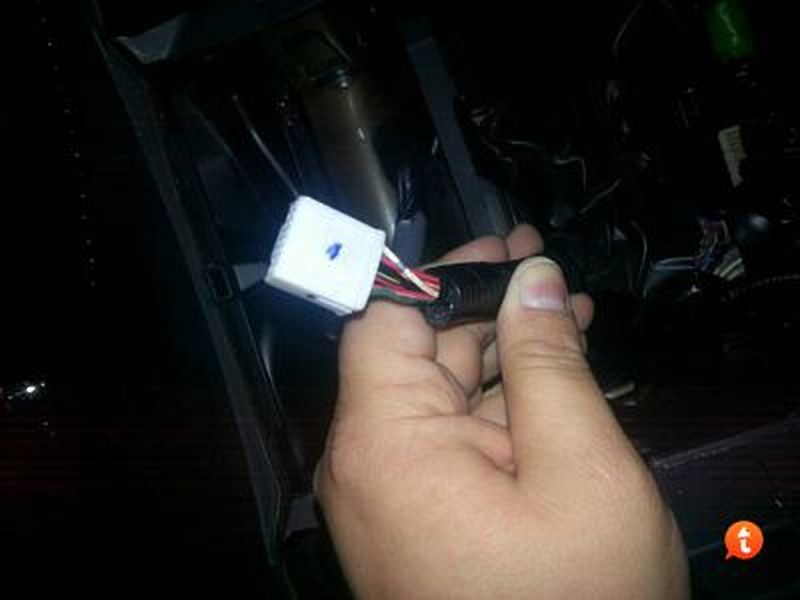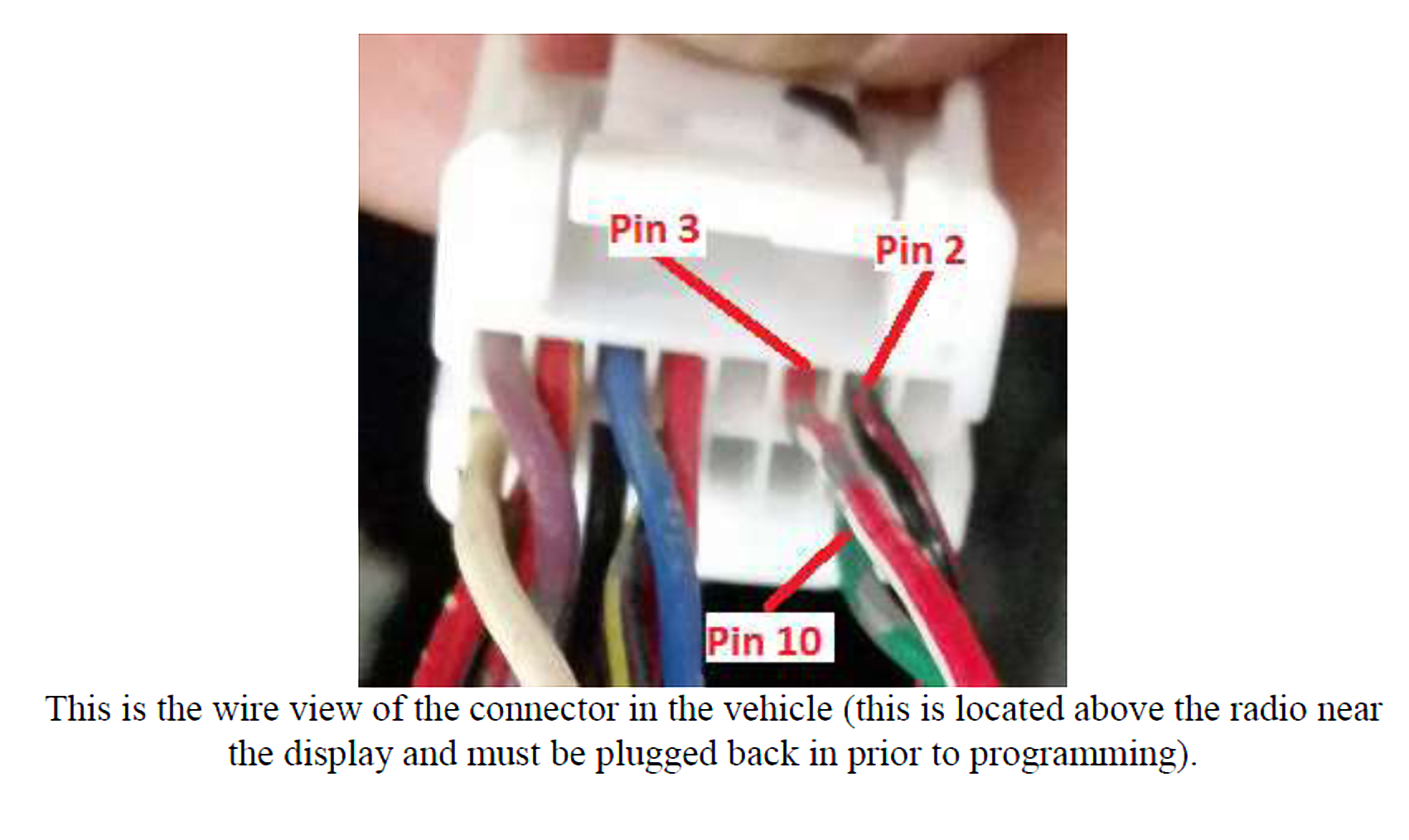Member Credit: Sparky
This 2006 Nissan Maxima came in with the complaint that the gauges and the a/c controls did not work. After the obvious fuse checks I went to the most common location for this problem in Nissan Maximas.
The problem is located behind the a/c control panel and repairs start with removing the shifter knob or handle assembly. To do this the bottom trim piece needs to be pulled straight down. Some wiggling is needed.

Once the trim piece is lowered the retaining clip will be exposed. Use a screwdriver or a pair of pliers to pull the clip out. Be careful not to lose it.

In the following picture you can see all three parts of the handle. The knob at the far right. The lower trim tube in the center and the retaining clip to the left.

To remove the shifter’s trim panel it can be lifted at the rear of the panel as shown below.
After the trim plate is lifted you will find that there are wires attached to the front edge.
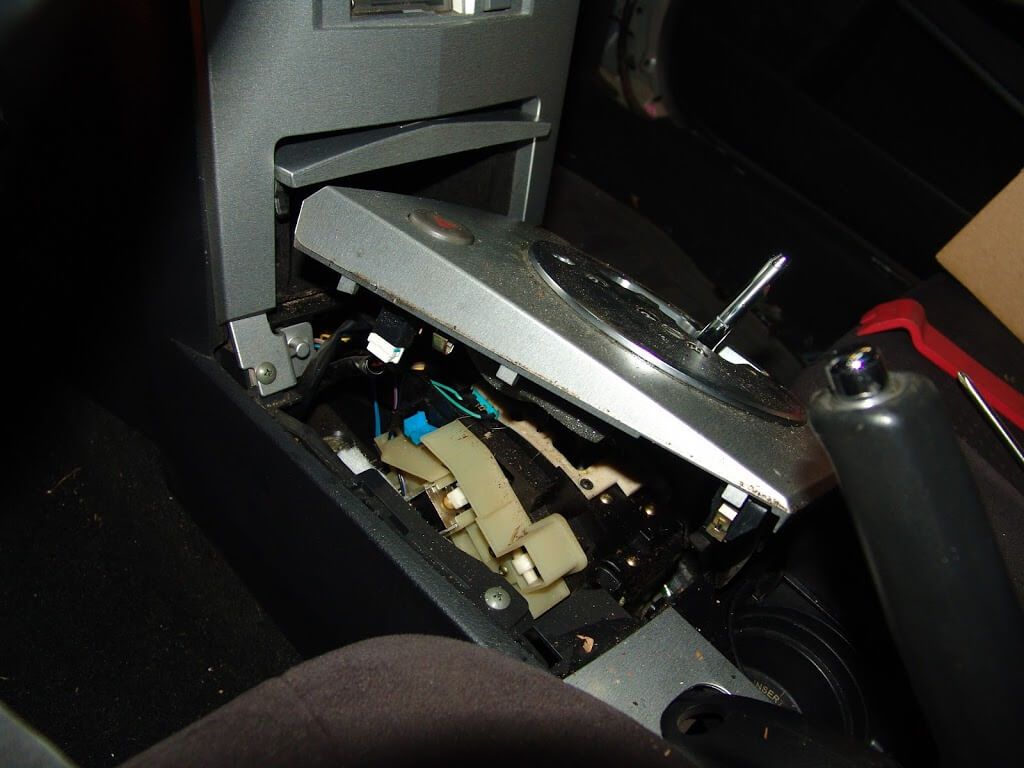
I found it easier to disconnect the wiring on the passenger side of the panel first. Then it can be rolled to the left to disconnect the remaining wires. There are thumb latches or locks that have to be depressed before the harness connector can be removed.

Now that the shifter’s trim panel is out of the way the two lower attaching screws for the a/c controls and the cover over the cassette player are exposed and easily removed.
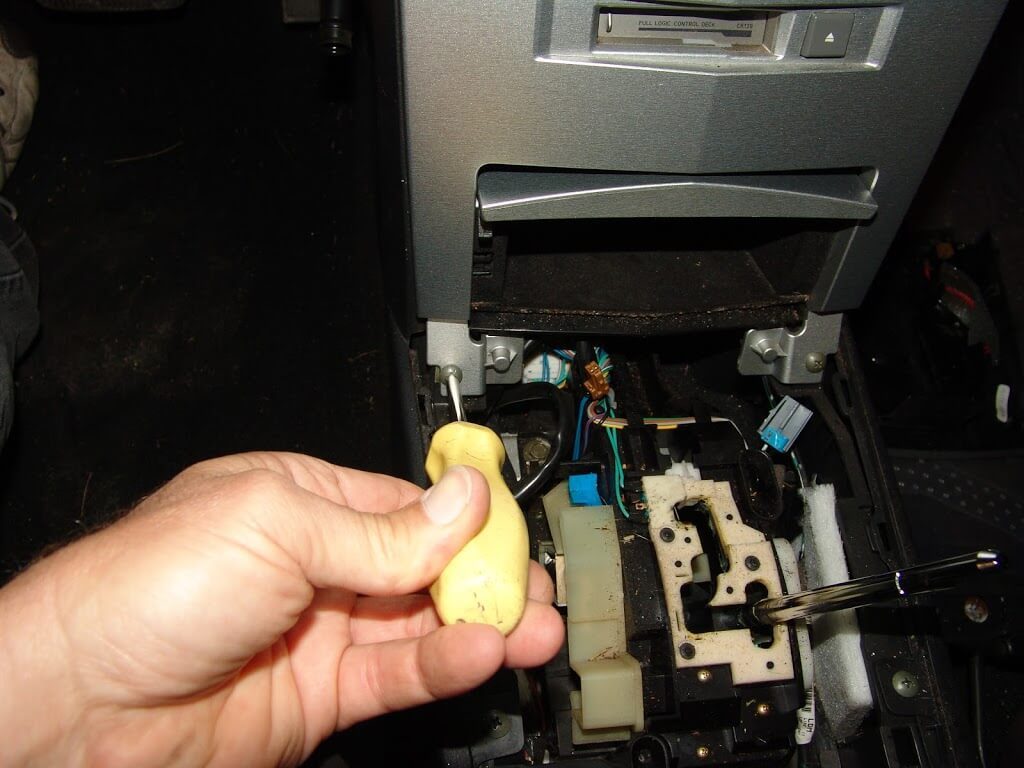
The lower edge can then be pulled out and then the top can be worked free. There is a ribbon cable connector that has to be taken loose. Care should be taken as it is easily broken.

There are two more screws at the lower edge of the radio control panel. Once removed it too can be pulled loose from the dash.

There are wires attached to the backside of the panel.
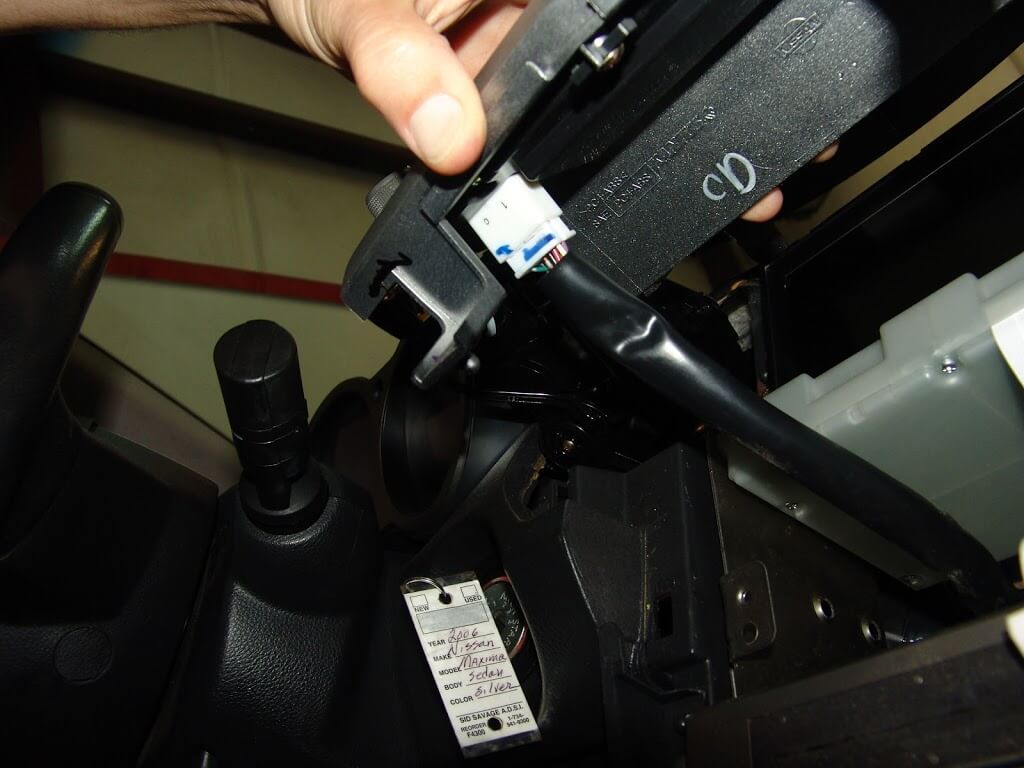
Now that all of the panels are removed you can finally see the unified meter and a/c amplifier module assembly. The white box in the middle of the next picture with the ribbon cable attached.

I took a quick look at the underside of the module and saw this. Those do not look like factory holes in the plastic.

I finished removing the attaching screws for the center stack assembly.

After pulling it loose from the dash I could access the screws on the side panels. I removed the two upper screws that hold the display face in place. The screws only need to be removed from one side of the assembly.

There are two screws that I had to take out that attach the module to the frame. One on either side and the rear of the assembly.

The screws are different so I was sure not to mix them up. The screws that held the display are shorter and have machine threads. The ones that attach to the plastic module are longer and have much coarser threads.

Note the slot in the module case resembles that of a piggy bank. When shaken it rattles like there is something loose inside.

I went ahead and removed the five phillips headed screws that hold the module together.

I lifted and removed the one cover.

Then I lifted the circuit board and found 21 cents inside the cover.
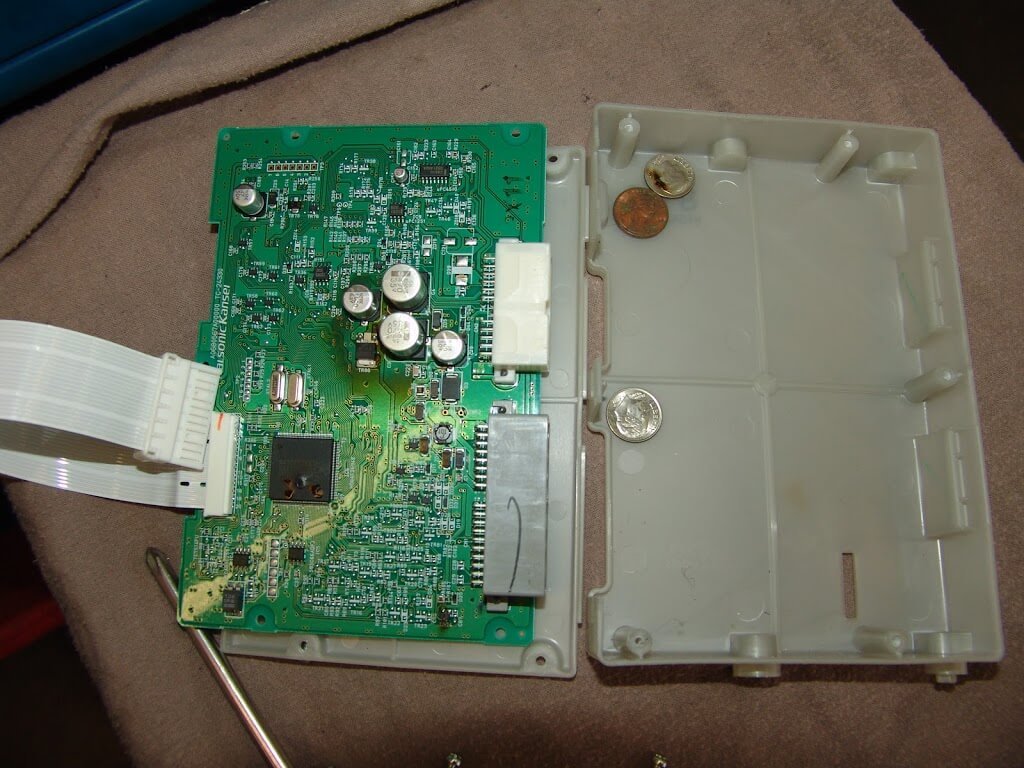
There were multiple burn marks on the circuit board.


There were also burnt spots on the coins.

The new module is supplied with a piece of felt tape covering the slot. The old module had the part number 27760 7Y01A printed on the outside cover. The new part had the part number 27760-7Y01B on the box.

In a previous life the horizontal panel below the display was used as a shelf. At least for coins.

The new module installed and everything back to normal.

The motto of this repair would be “read the owners manual and only use recommended spaces for storage”. Another adage would be “When does $0.10 plus $0.10 plus $0.01 equal $400+? When you use the unified meter and a/c amplifier module as a piggy bank.”
![]()






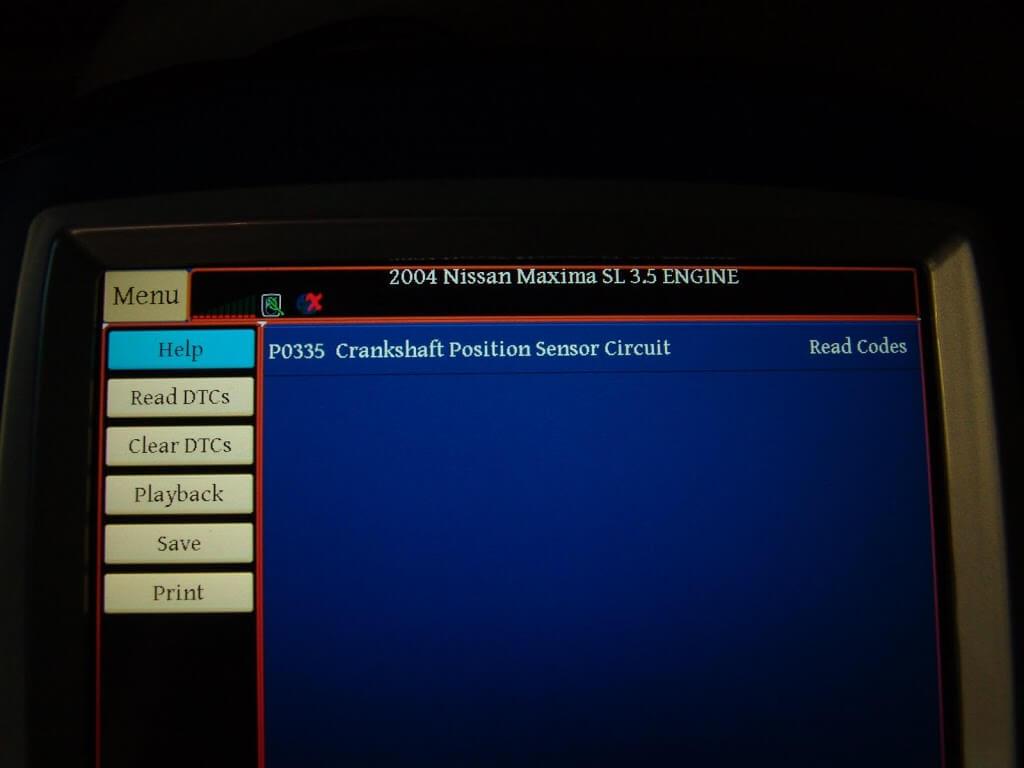
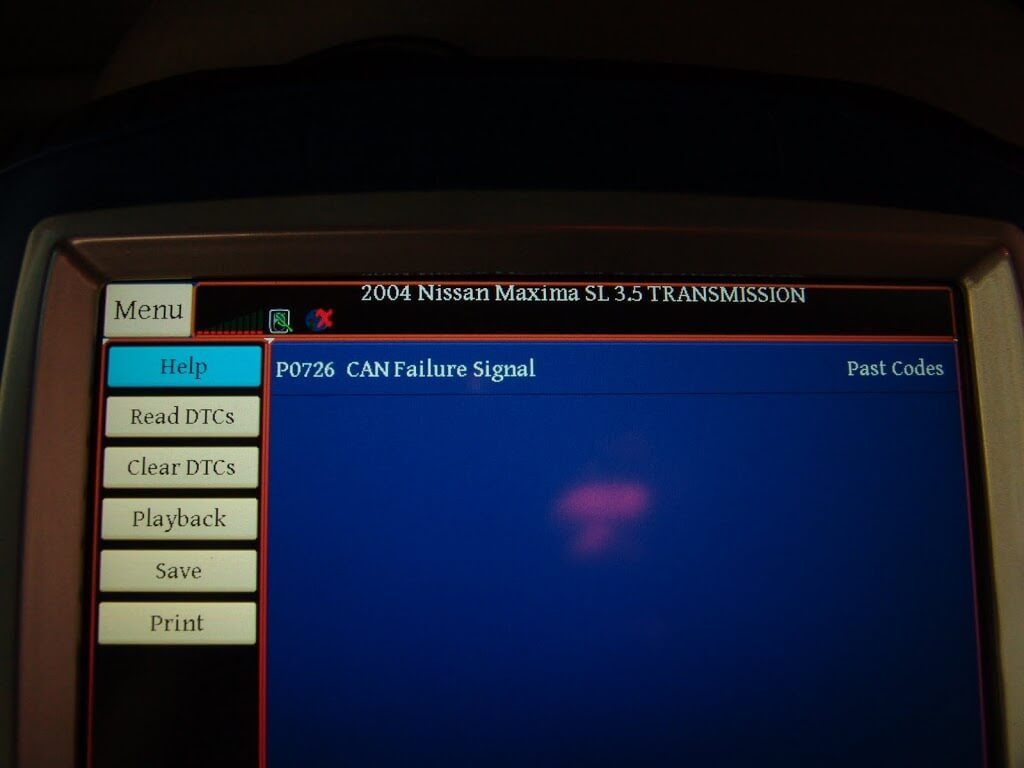
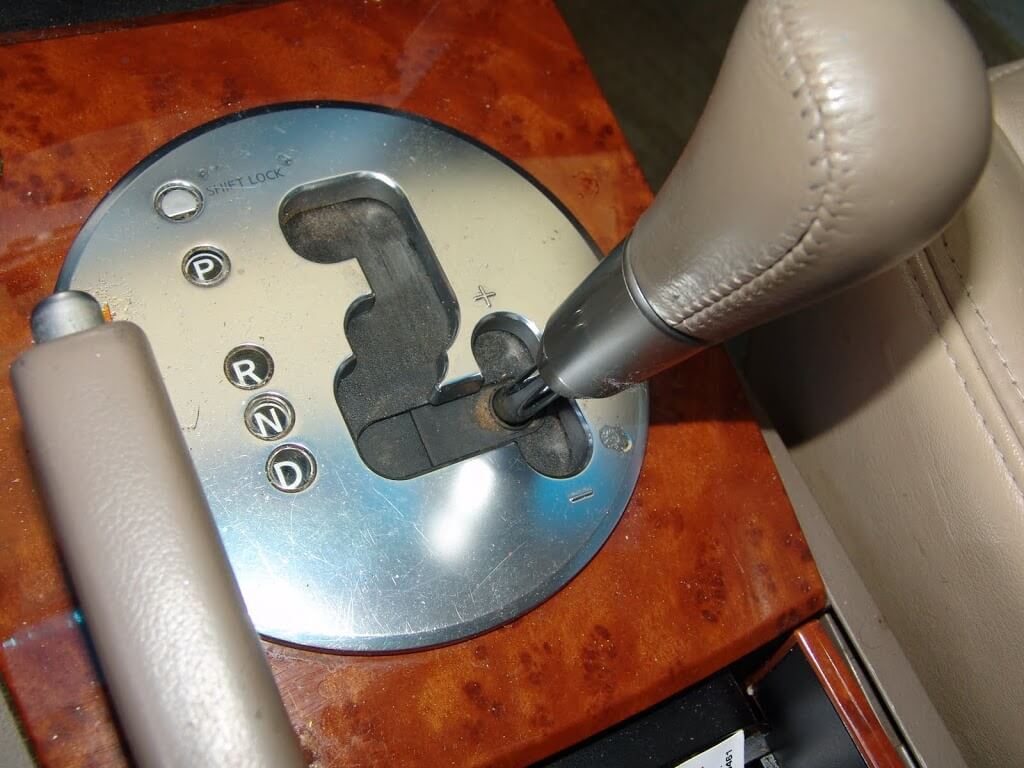


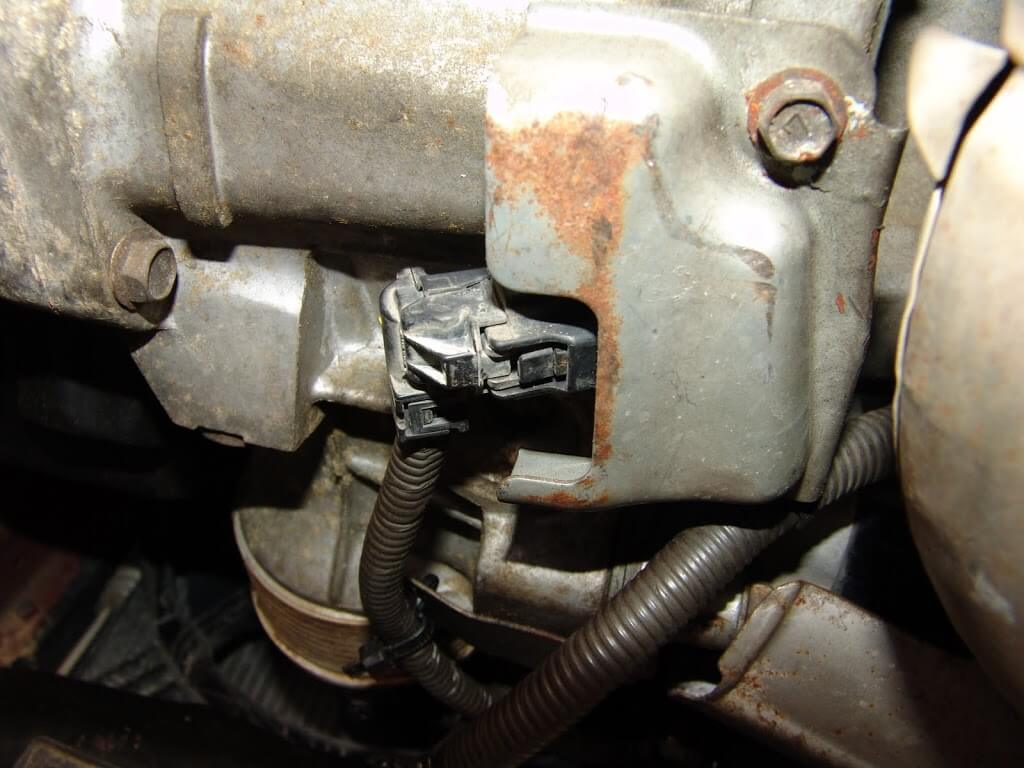


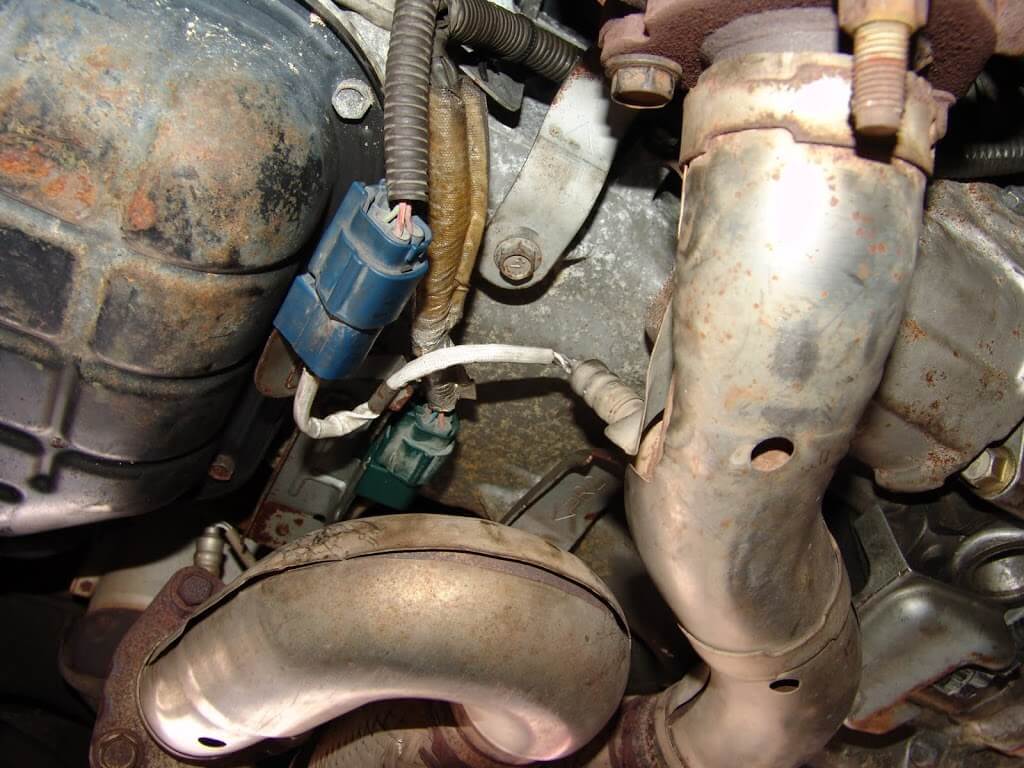
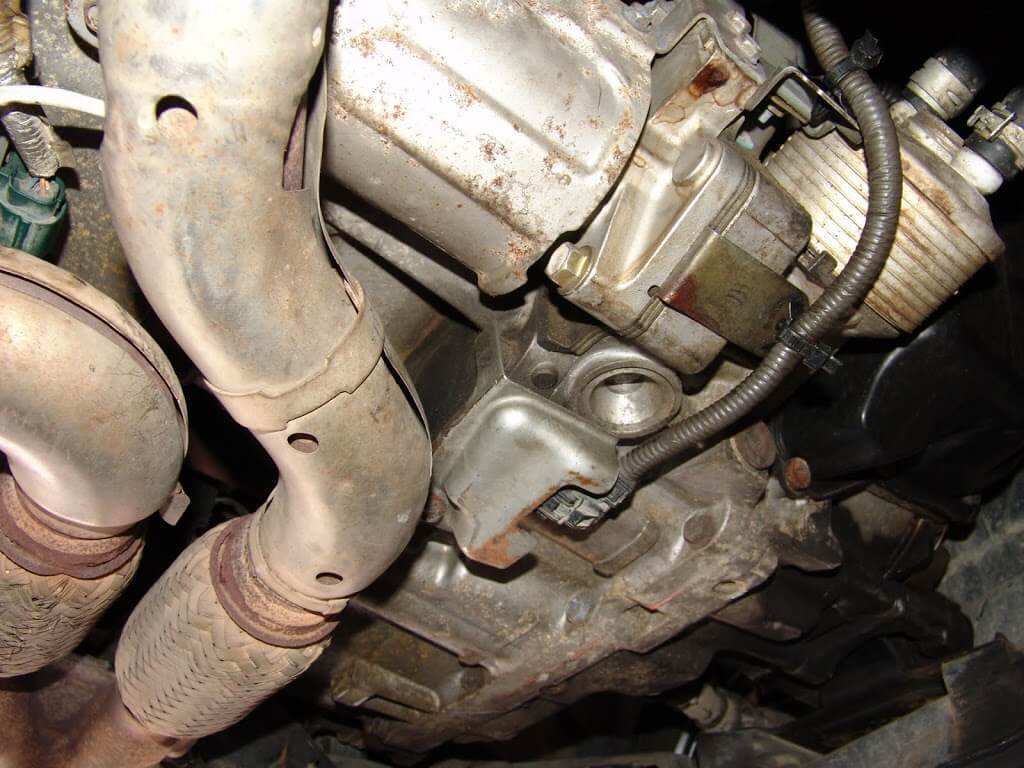
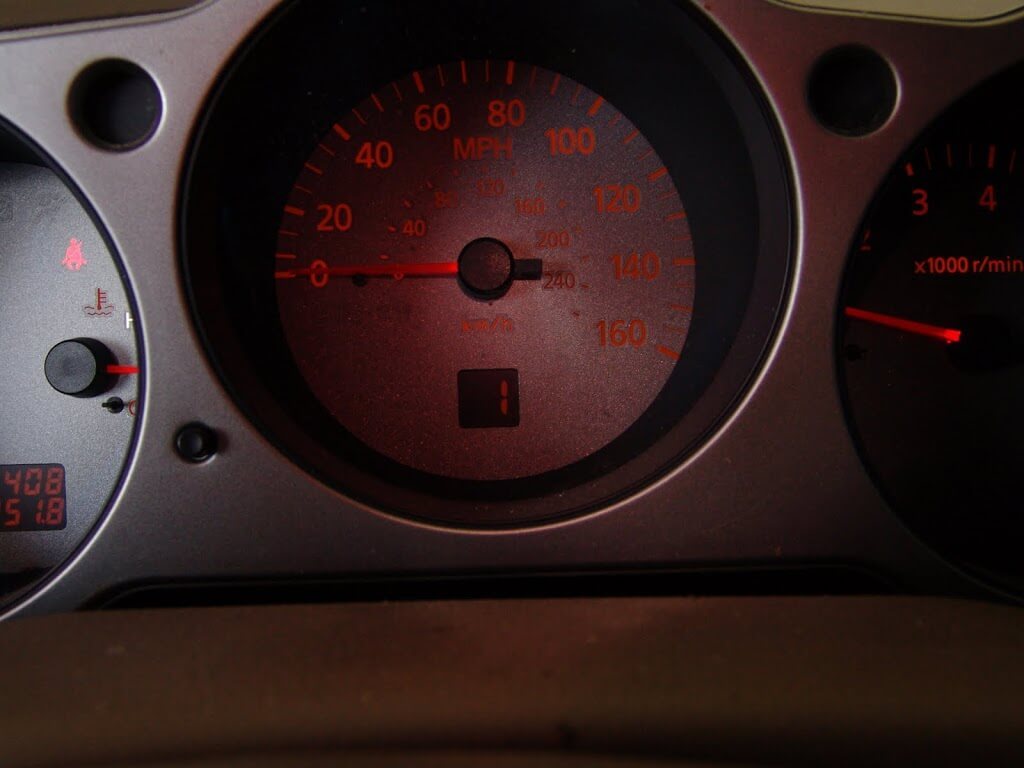









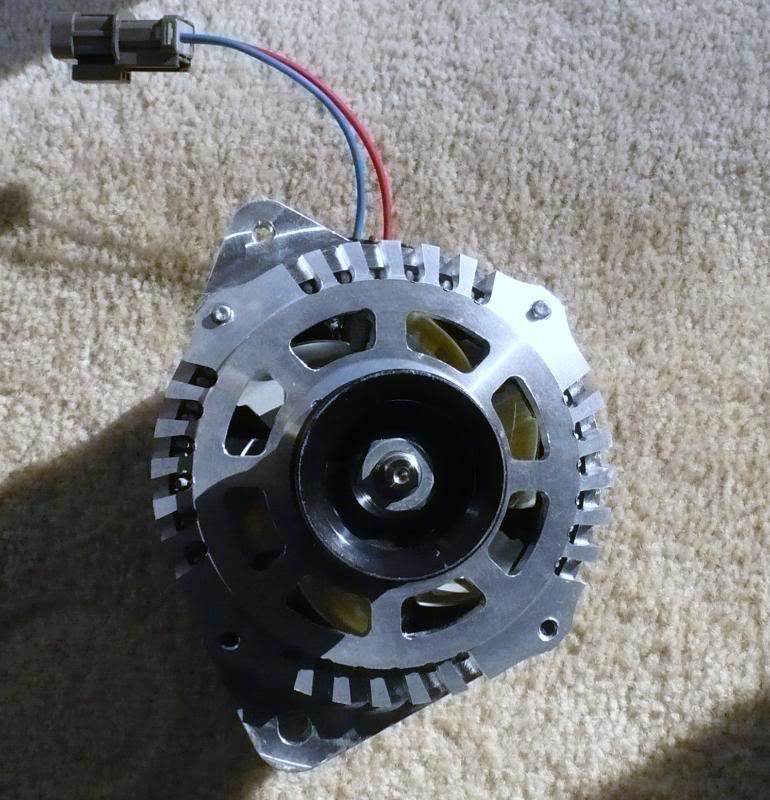



































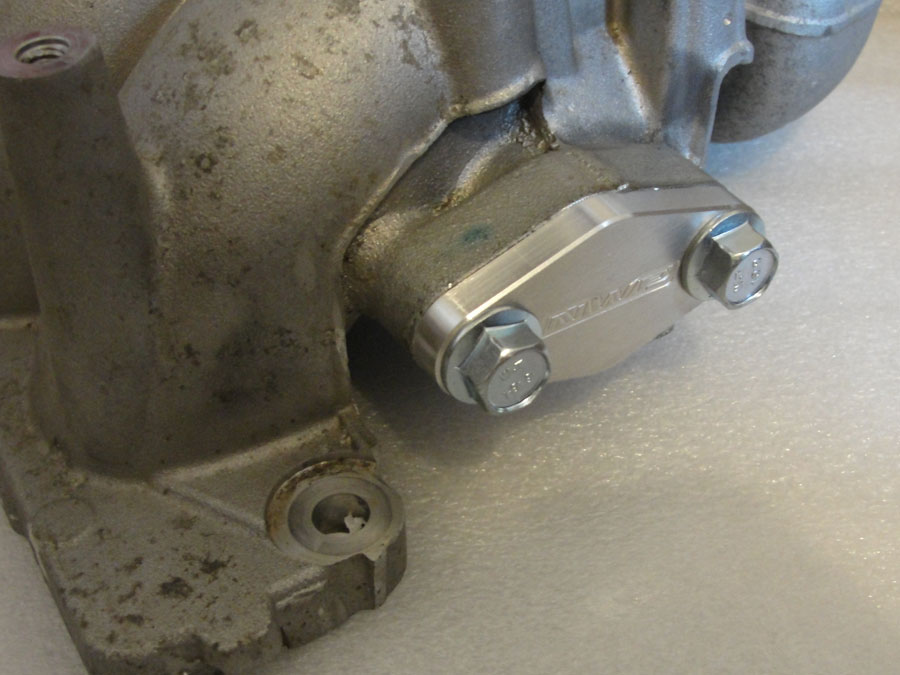
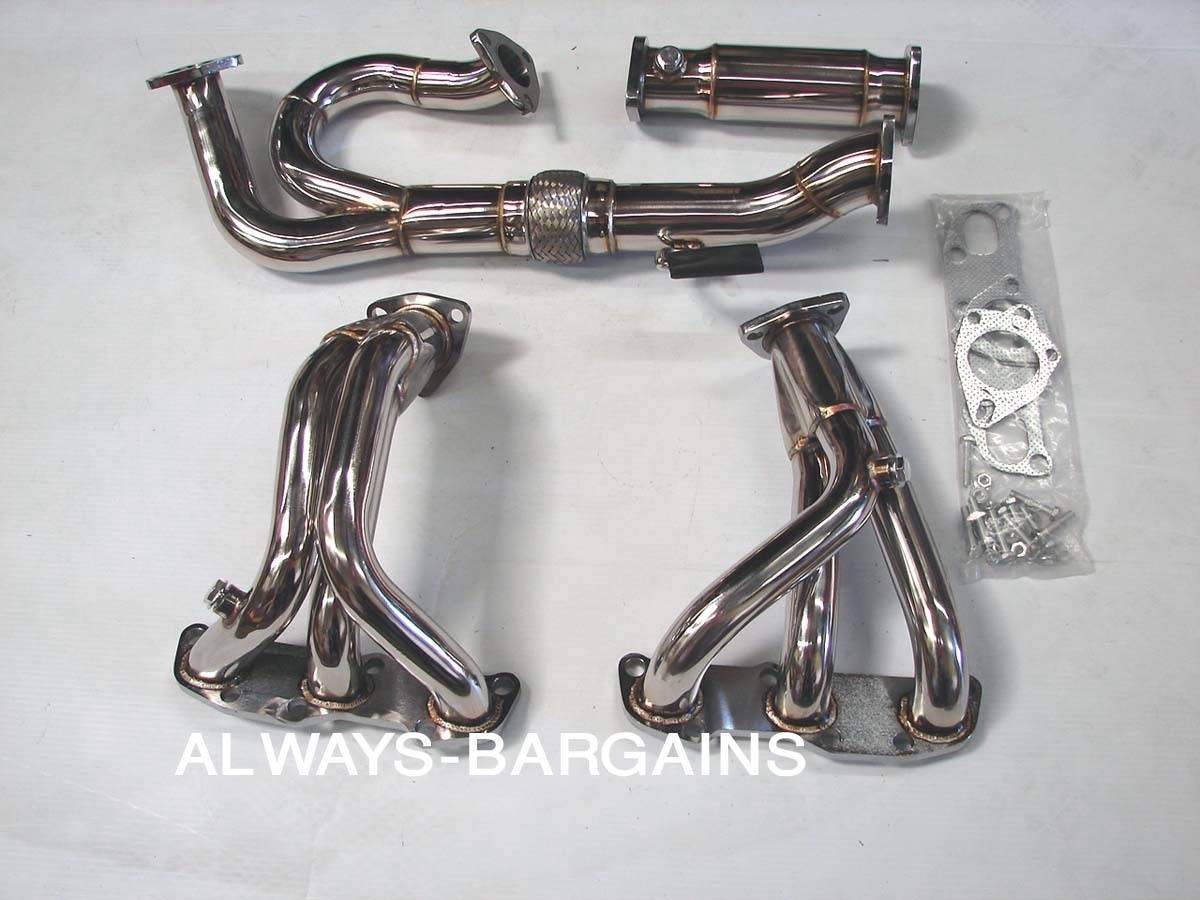


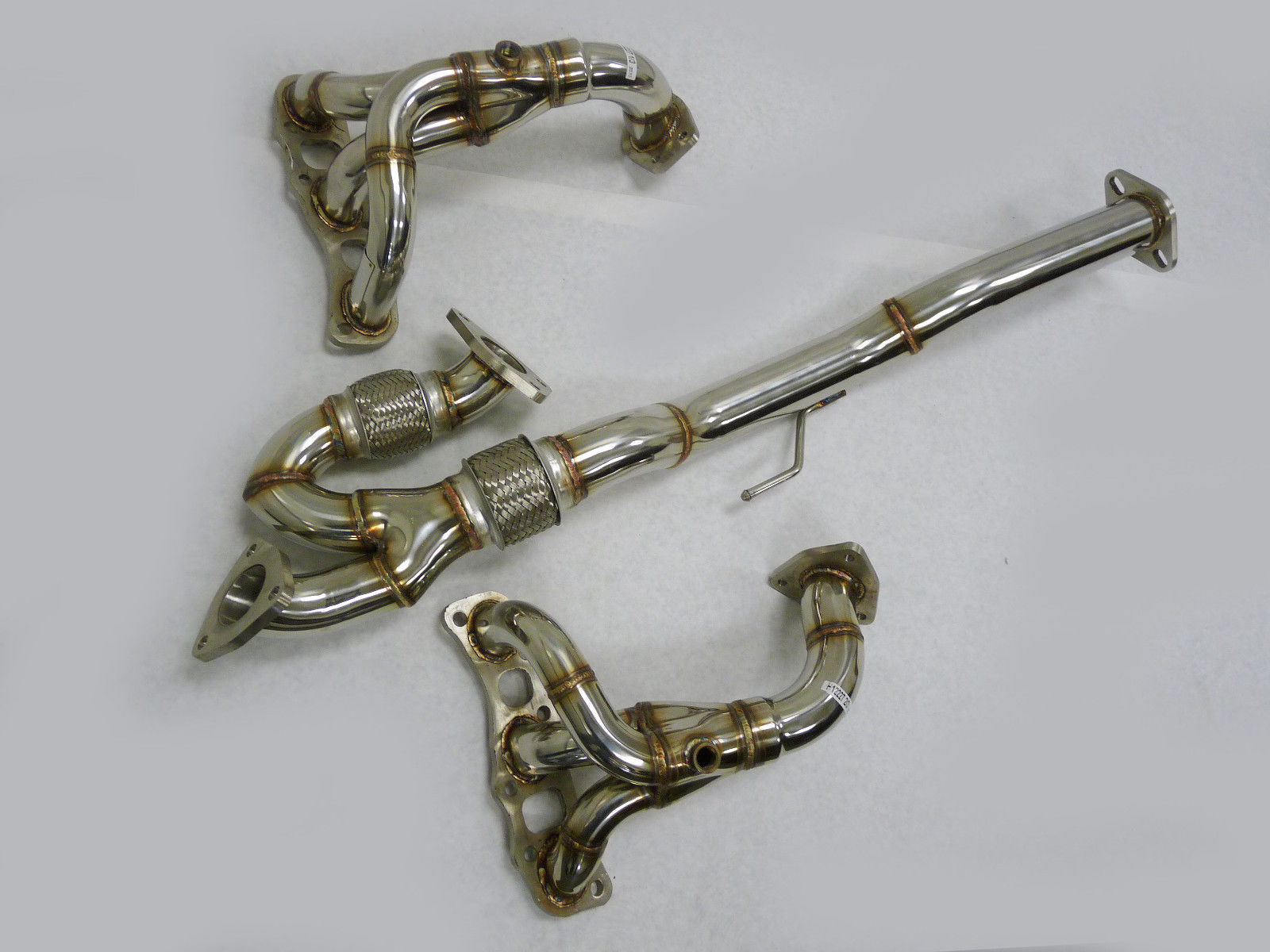
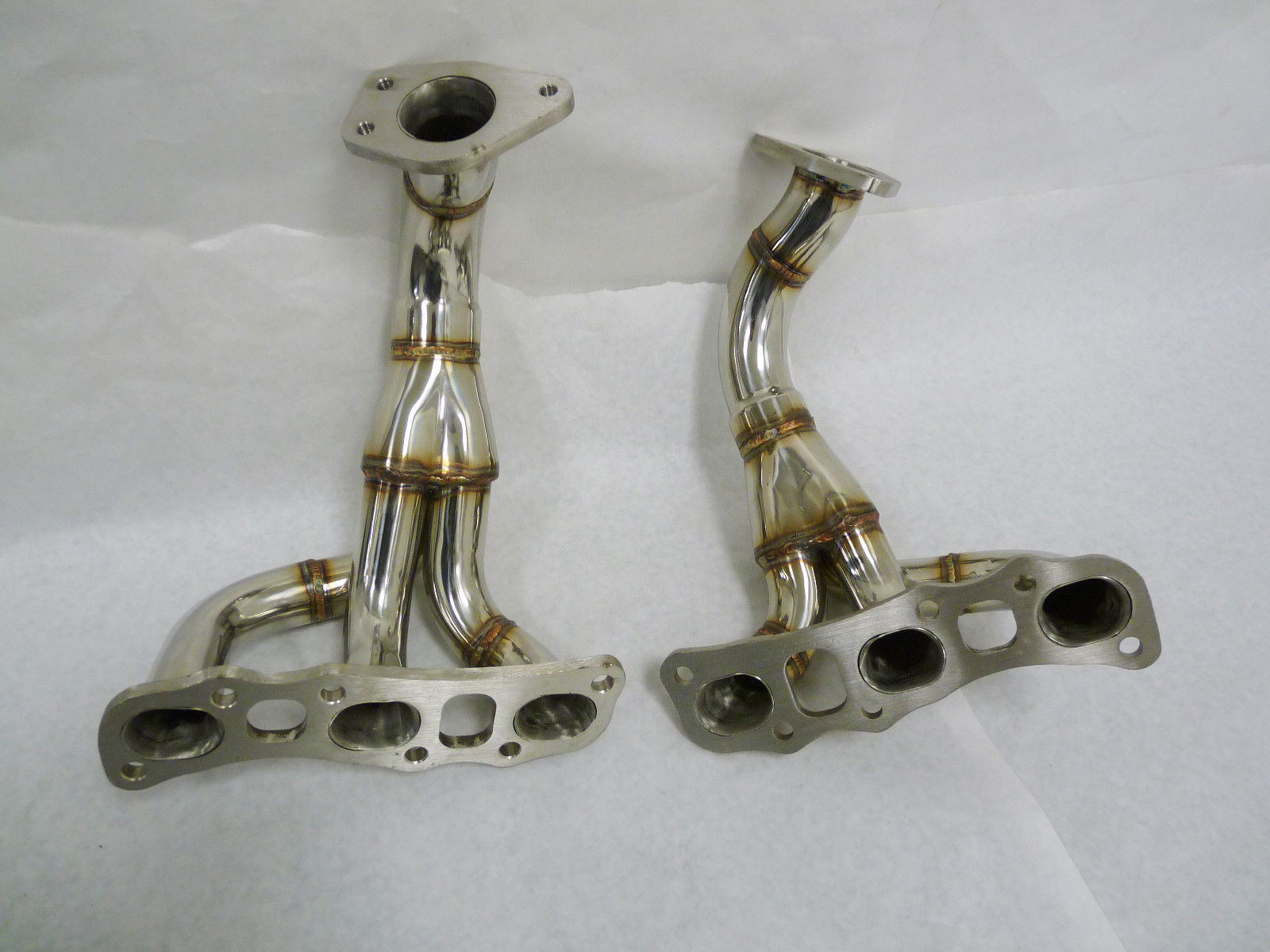

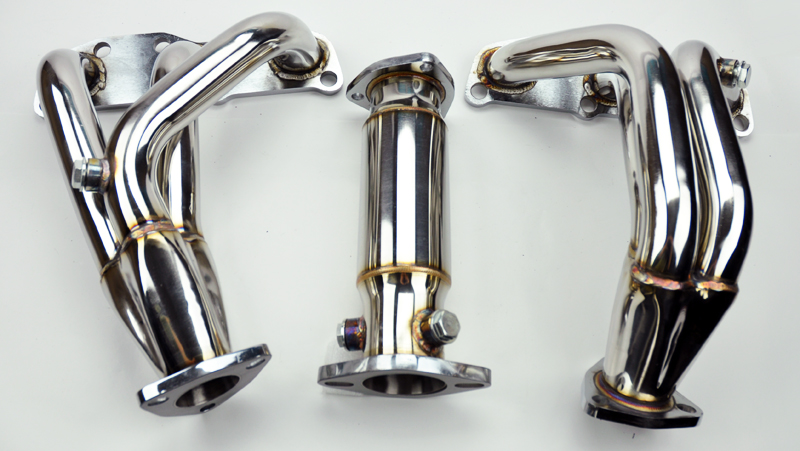
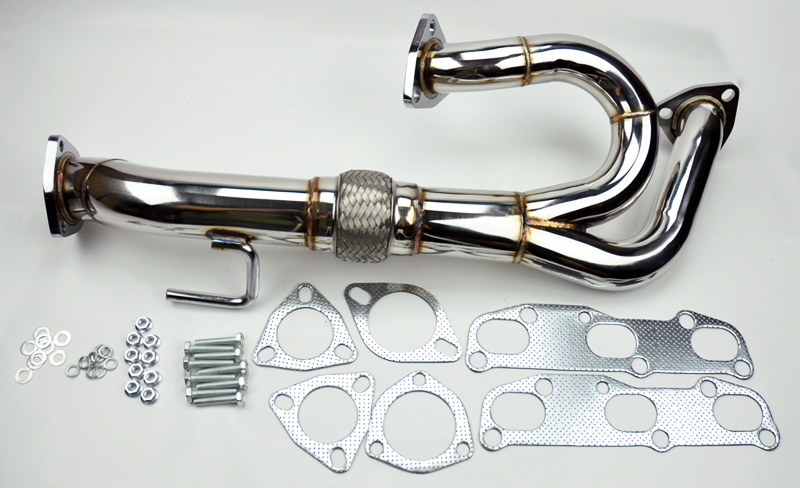













 With your pliers, pry open the side tabs that are holding the end cap. It helps to mount the motor on a vise.
With your pliers, pry open the side tabs that are holding the end cap. It helps to mount the motor on a vise.






